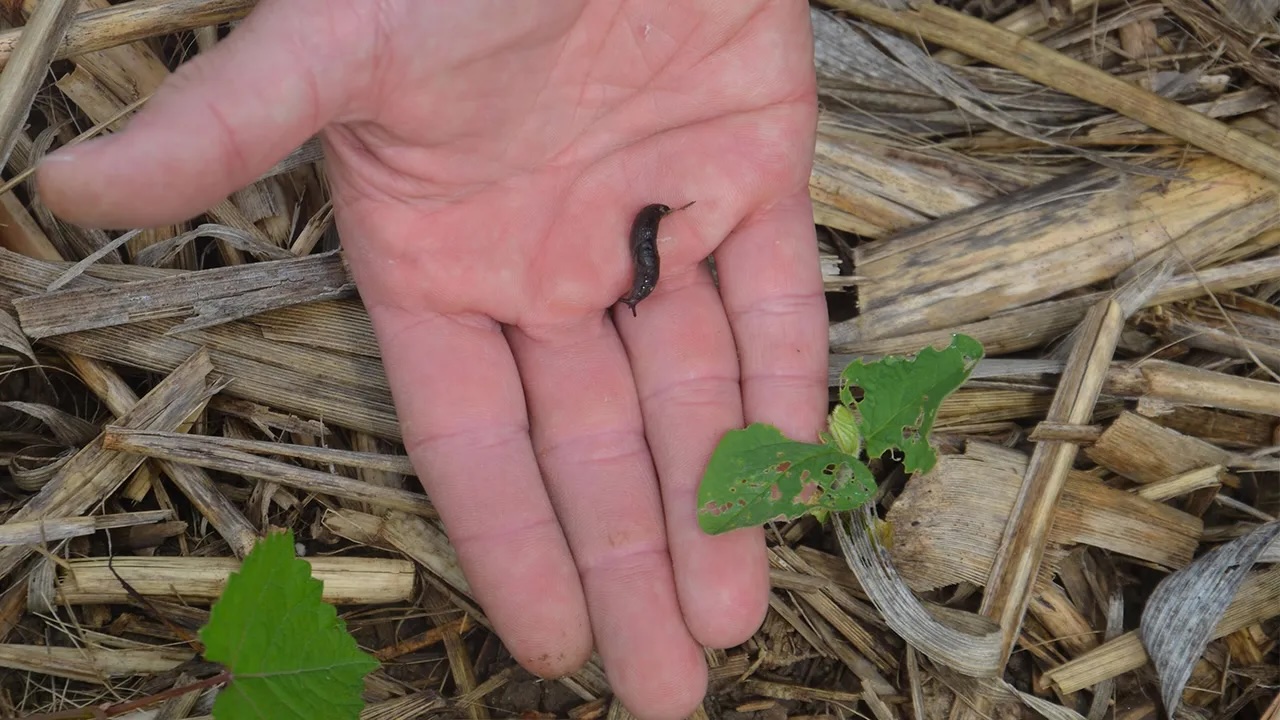Tillage not only answer to slug control

Answers are from the Indiana certified crop adviser panel: Danny Greene, Greene Crop Consulting, Franklin; Bryan Overstreet, soil conservation coordinator, Rensselaer; and Dan Ritter, Dairyland Seed agronomist, Plymouth.
The slug pressure was above average in my soybean fields this year. Should I plan to do vertical tillage this fall to cut back on some of that pressure next growing season?
Greene: Vertical tillage can help by disturbing residue and reducing slug habitat, but it’s not the only option. At planting, if you have row cleaners, set them to move residue away from the seed slot, and ensure closing wheels are adjusted to fully close it. Open slots expose seedlings to slug feeding. Avoid planting into overly wet soils that make seed slot closure difficult. Other tactics include adjusting cover crop termination timing to reduce cool, moist habitat and monitoring pressure early to catch outbreaks before they cause stand loss.
Overstreet: Many times, slug damage appears where the seed slot did not close properly at planting. This gives the slugs more time to eat on the cotyledon and do more damage. The slugs love to hide in the residue to stay moist and cool. If you are no-tilling your soybeans, use properly set row cleaners in front of the planter rows. This would be a great way to clear that residue from the row, protecting your young seedling. I like that option versus the full tillage option of vertical tillage.
Several studies have shown that insecticide seed treatments are absorbed by the slugs, therefore protecting them from beneficial insects that would control the slug population. If you feel the need for a seed treatment on your soybeans, ask for a treatment that only includes fungicide. Find more information on slug management here.
Ritter: Slug pressure does not necessarily mean you should turn to tillage. Slugs thrive in heavy residue and moist conditions. Vertical tillage can break up residue and reduce the dense mats that trap moisture, which may lower slug numbers. However, it will not eliminate them completely, and in a dry spring, pressure may be minimal regardless.
Consider vertical tillage as one tool in the toolbox. But also weigh potential downsides of vertical tillage such as soil disturbance or soil erosion risk.

